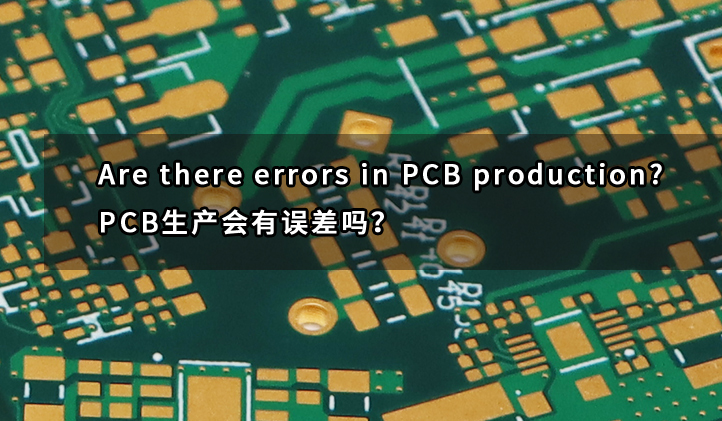Are there errors in the PCB manufacturing process?

In the PCB manufacturing process, errors are inevitable; however, their tolerance ranges must strictly comply with industry standards. Exceeding the standard tolerance range can directly affect the performance and reliability of the product. According to IPC standards, the primary types of errors in PCB production include line width/spacing tolerance, drilling position accuracy, layer-to-layer alignment deviation, and surface finish thickness. This article will provide a detailed analysis of these types of errors, including their standard ranges, influencing factors, and control methods.
1. Standard Error Ranges:
First, regarding line width/spacing tolerance, standard PCBs typically allow a line width error of around ±20%, with a minimum line width controlled at ≥0.1mm. For high-precision boards, the line width/spacing tolerance is generally within ±10%, with the minimum line width reaching as low as 0.05mm.
Next is drilling position accuracy. The error range varies depending on the drilling method. Mechanical drilling generally has a tolerance of ±0.05mm, whereas laser drilling (used in HDI boards) can achieve a higher precision with an error range of ±0.025mm.
Another critical factor is layer-to-layer alignment deviation. For 4-layer boards, the typical alignment tolerance is ±0.075mm, while for 8-layer and above multilayer boards, the tolerance is within ±0.05mm. As for surface finish thickness, it also varies depending on the process. For example, the standard thickness tolerance for ENIG (Electroless Nickel Immersion Gold) is between 0.05–0.15μm, and for tin plating, it ranges from 3–8μm.
2. Causes of Errors and Control Methods:
The main causes of errors include material properties, equipment precision, and human factors. If the selected materials are not suitable, the equipment lacks the required accuracy, or operators do not calibrate the machines precisely during setup, these can all lead to increased error margins and quality issues. These errors can be effectively controlled through optimized material selection, equipment upgrades, and comprehensive personnel training.

